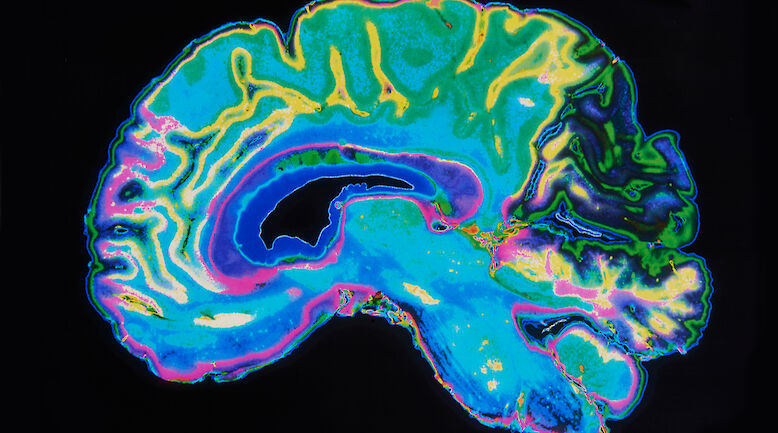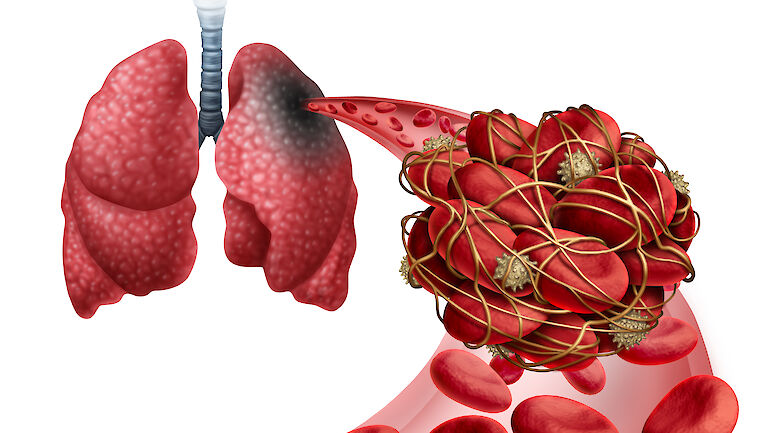Concurrent widespread pain, insomnia and symptoms of depression – a serious threat to work ability?

Background
The purpose of this study was to assess the impact of widespread pain co-occurring with sleep problems and symptoms of depression on work ability, medical visits and sickness absence among a representative sample of working Finns aged 30 or more years.
Methods
The essential information on health, work status etc. was obtained from 93% of the original nationally representative sample. Information was collected using several questionnaires, interviews and clinical examination. The subsample for this paper consisted of 3845 subjects who were actively working.
Results
The co-occurrence of widespread pain, symptoms of depression or sleep problems was strongly associated with an increased risk of reduced work ability, more than 17 days of sickness absence per year, or more than 5 yearly visits to a doctor. The increases in the risks were linear and multiplicative. Of those whose work ability was reduced based on either subjective or objective assessment, more than 80% had at least one of these symptoms.
Conclusions
Widespread pain co-occurring with insomnia and symptoms of depression poses a significant threat to work ability. The combination was also related to higher sickness absence rates as well as more medical visits. These common symptoms need to be systematically screened for and treated with versatile means in order to prevent work disability. More effective pain management practices should be developed especially in primary health care and in the occupational health service in particular.

















